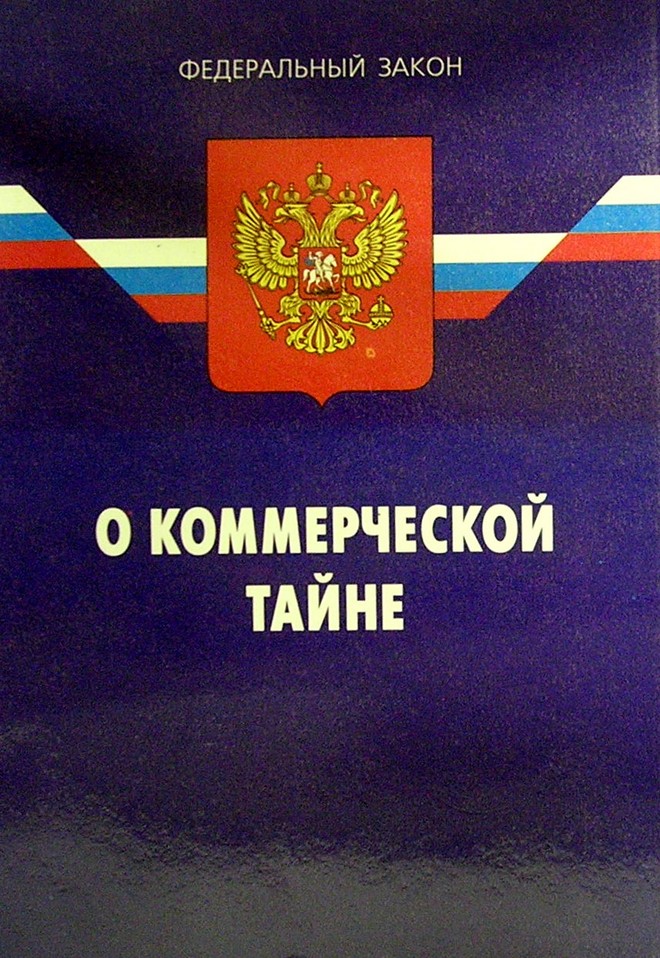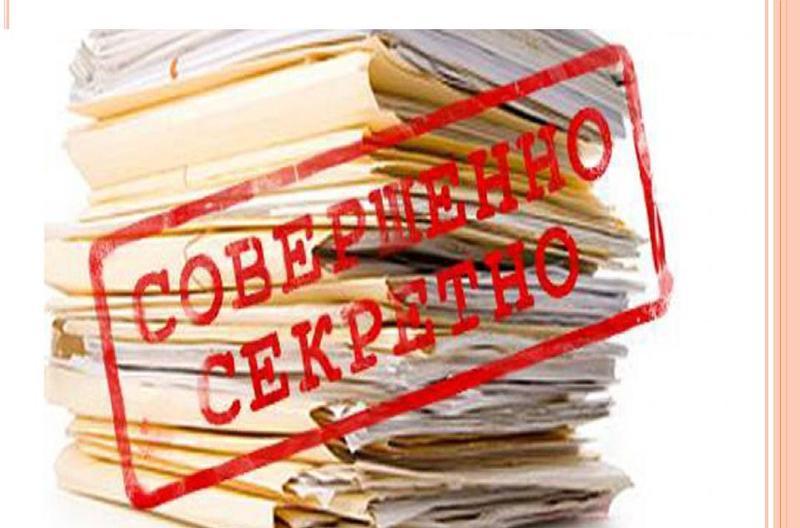When working in any organization, employees may encounter information that constitutes a trade secret. It includes information about the internal activities of the organization, the disclosure of which may adversely affect the work of the company. Therefore, it is important for managers to know the rules of Art. 139 of the Civil Code of the Russian Federation, as well as the rules for their use.
The essence of the concept
Trade secret - information that is endowed with commercial or actual value, therefore its transfer to third parties is prohibited. Also classified information include information the disclosure of which may harm the organization.
Signs of secrecy under Art. 139 of the Civil Code of the Russian Federation:
- this is information or facts describing the operation of a commercial enterprise;
- this is information or patented goods that belong to a specific legal or natural person;
- This is data that must be kept secret, since it is available only to a limited circle of people;
- this is company confidential information;
- these are the features of technological processes for manufacturing various devices or devices of great importance.

Some employers include information that is prohibited to be classified as classified information. For example, data on the composition of the organization, payroll system, information on the main production processes, etc.
With the exception of the above information, the company has the right to determine what information will be classified as a commercial secret. In this regard, its safety lies with the manager and employees who have access to it.
The introduction of mystery
The process of introducing this concept under Art. 139 of the Civil Code of the Russian Federation consists of seven stages, which together will help to introduce a regime of secrecy, without violating the management structure of the organization.
The first stage is the identification of information that will be classified as a secret. The data to be classified must be separated from the rest of the information and clearly formulated so that employees understand why this information is secret.
The second stage is the determination of persons who will have access to trade secrets. Also at this stage, these citizens are determined by the circle of people to whom this information can be reported.
The third stage is the training of employees who are admitted to trade secrets. A document is prepared on the transfer or provision of confidential data.

The fourth stage is the introduction of amendments to employment contracts. After the list of persons admitted to trade secrets is determined, the relevant changes are made to the labor contracts of these employees.
The fifth stage is the selection of counterparties who are granted commercial secrets and the receipt of appropriate signatures from them.
The sixth stage is the application of secrecy stamps. All media in the form of floppy disks, disks, folders are marked with the corresponding stamp.
The seventh stage is the appointment of employees responsible for the control of non-disclosure of trade secrets.
Registration of position in the organization
The information that is secret (under Article 139 on official and commercial secrets) includes the following data:
- Business secrets.
- Developments of various kinds that are not patented.
- Personal data about employees.
- Information of a technological nature.
- The structure of organizational purpose.
Since secrets of a commercial nature are protected by organizations that hold these secrets, these enterprises have real advantages over competitive enterprises of a similar profile.
The main document regulating relations in this area is the Civil Code of the Russian Federation (Article 139 of the Civil Code of the Russian Federation). According to the norms of the specified regulatory legal act, the confidential information category includes three groups of information:
- bank secrecy;
- official secret;
- tax secret.
To protect the specified information from distribution in the organization, the following actions are performed:
- Limited access to confidential information. The employer, whose field of activity is associated with trade secrets, compiles lists of people.
- Distribution of the list of work and identification of types of secrecy. The manager draws up a written document, which must be signed by employees who are granted access to information constituting a commercial secret.
- The implementation of continuous monitoring of information and employees who have access to confidential information.
- The development of special protective and secret programs that can limit access to confidential information.
The head of the organization issues a special order, which indicates information related to trade secrets.
Documents issued for secrecy
To protect confidential information, certain documents are prepared, which include the following papers:
- A provision in which the concept of com secret is defined and the list of information that is included in it.
- A written agreement concluded with employees on the need to respect the protection of confidential information.
- The list of employees who have access to information within the scope of trade secrets.
- The order for the organization, on the basis of which an increased mode of secrecy is introduced.
- Personal contracts with employees on their obligation to comply with the secret regime.

The following papers are included in the list of additional documents:
- written obligations, which indicate the obligation to preserve information that has been given the status of confidential information;
- a journal in which the facts of familiarization of the employee with information related to classified data are recorded;
- a stamp on which there is an imprint with an inscription on trade secrets, as well as a list of persons who are entitled to affix the specified stamp.
Actions taken to provide enhanced protection for confidential information
In order to correctly determine how to provide enhanced protection of trade secrets, it is necessary to perform a number of actions:
- Relating to the category of confidential information is necessary only those materials that differ in potential or real value, since other strangers do not own information about them.
- Lack of direct access to information that, by law, should not be classified as trade secrets. For example, employee salary information.
- The main owner (most often the head) of confidential information introduces an increased privacy regime.

Commercial secrets are an integral part of any organization, so its protection is a priority of any enterprise. In this regard, managers need to draw up a large number of documents to increase the degree of safety of this information.
